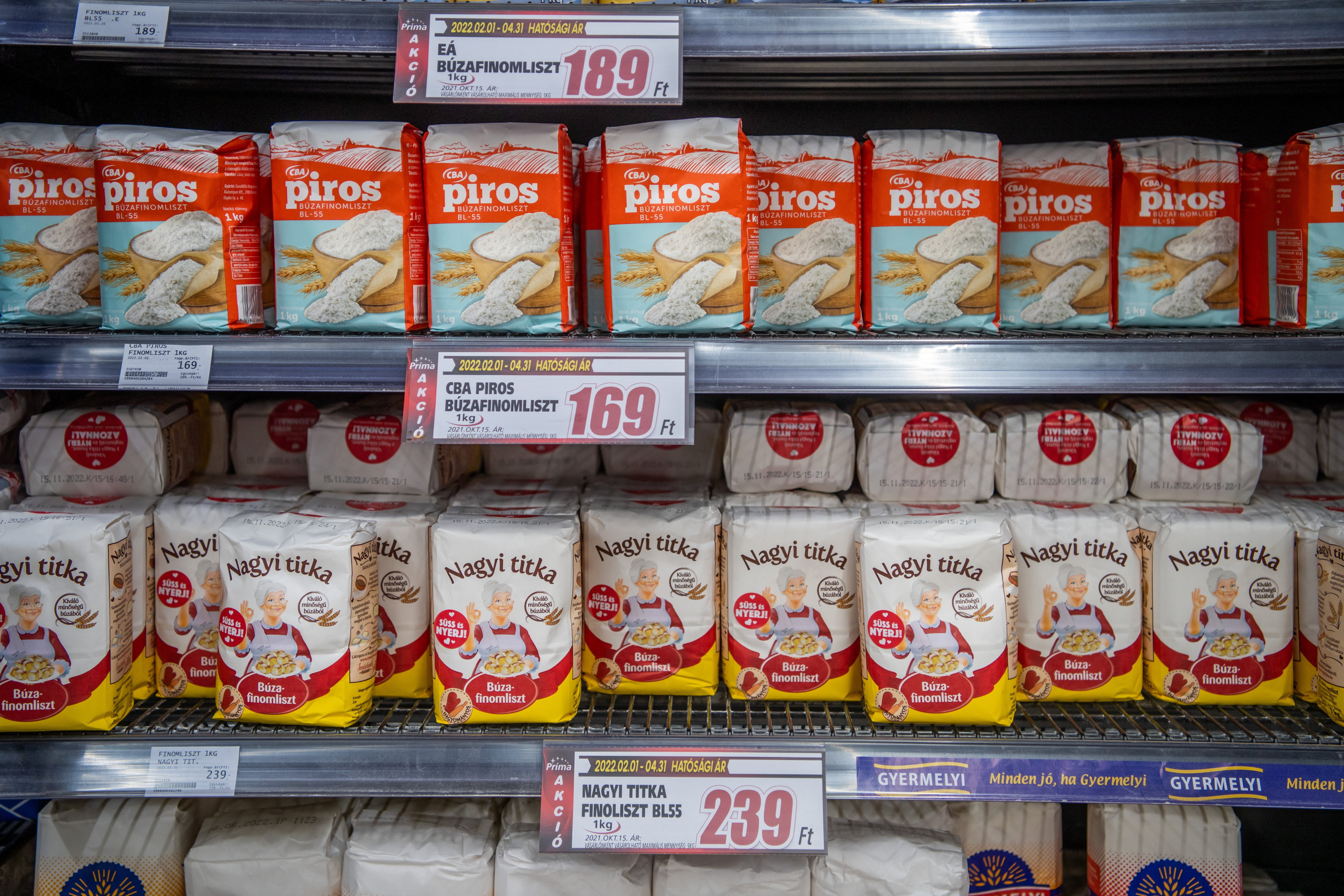
Experts say the rise in inflation is still not over, and is likely to be boosted further by the lifting of the fuel price freeze.Continue reading

Although the government was forced to remove the price cap on fuel, the situation is different for food. On Wednesday, Minister of Agriculture István Nagy announced that the government has extended the food price freeze until the end of April.
The products covered by the capped price include sugar, 2.8% UHT milk, sunflower oil, chicken breast, boneless pork legs, chicken tail, sugar, wheat flour, and eggs. According to the Institute of Agricultural Economics’ Market Price Information System, more fixed priced products were sold this year compared to the same period in 2021.
The biggest increase in consumption was for 2.8% milk, with consumption up 81 percent. However, increased purchases may also be due to consumers stocking up on these products. For this reason,
the Minister of Agriculture is calling for conscious buying rather than hoarding.
However, the problem is that there is often a shortage of products at fixed prices. To solve this problem, there are rules on how much a customer can buy of a given product; for example, how many kilos of flour and how many liters of cooking oil. The ministry has also specified that traders must sell the average daily quantity of the products concerned as in 2021.
Although, as you can see from the list of products with price caps, some basic foodstuffs have a fixed price, which is a big help for Hungarians, but this does not apply to everything by definition. So Hungarians are feeling the pinch of inflation and severe price increases in the current uncertain economic situation.
Daily and weekly shopping costs a lot more than it did even a year ago, while the price freeze on fuel has been lifted, so we have to pay market prices again. A leading actor in Hungary’s cafeteria market, Edenred’s research asked Hungarians about their benefits in addition to salary, and found that workers want benefits that help them make ends meet.
To this end, the majority of those surveyed would prefer to opt for a lower net benefit if they could spend it on what they wanted. As it turned out, workers would spend this amount mostly on food and utility bills.
Featured photo via MTI/Balogh Zoltán